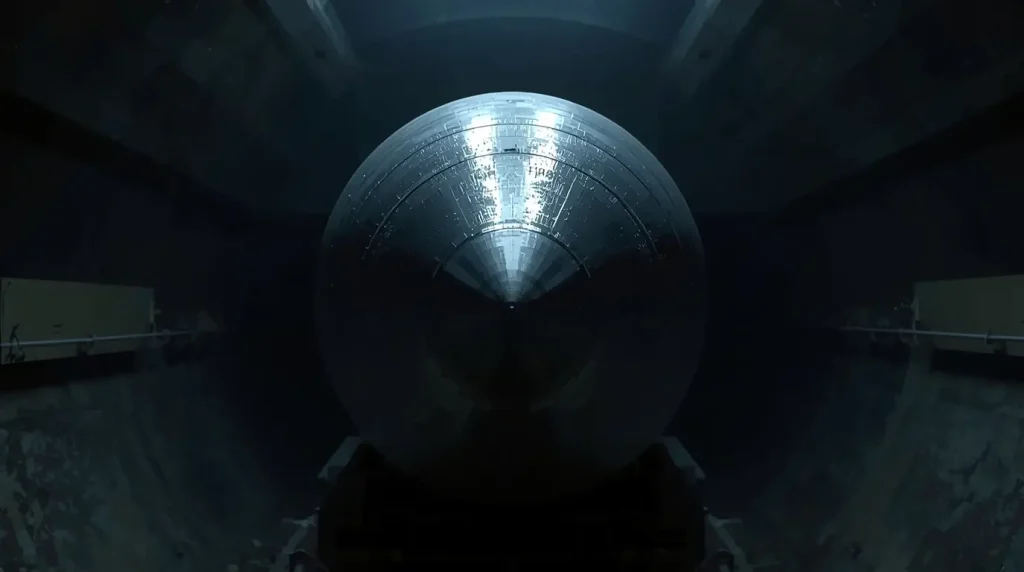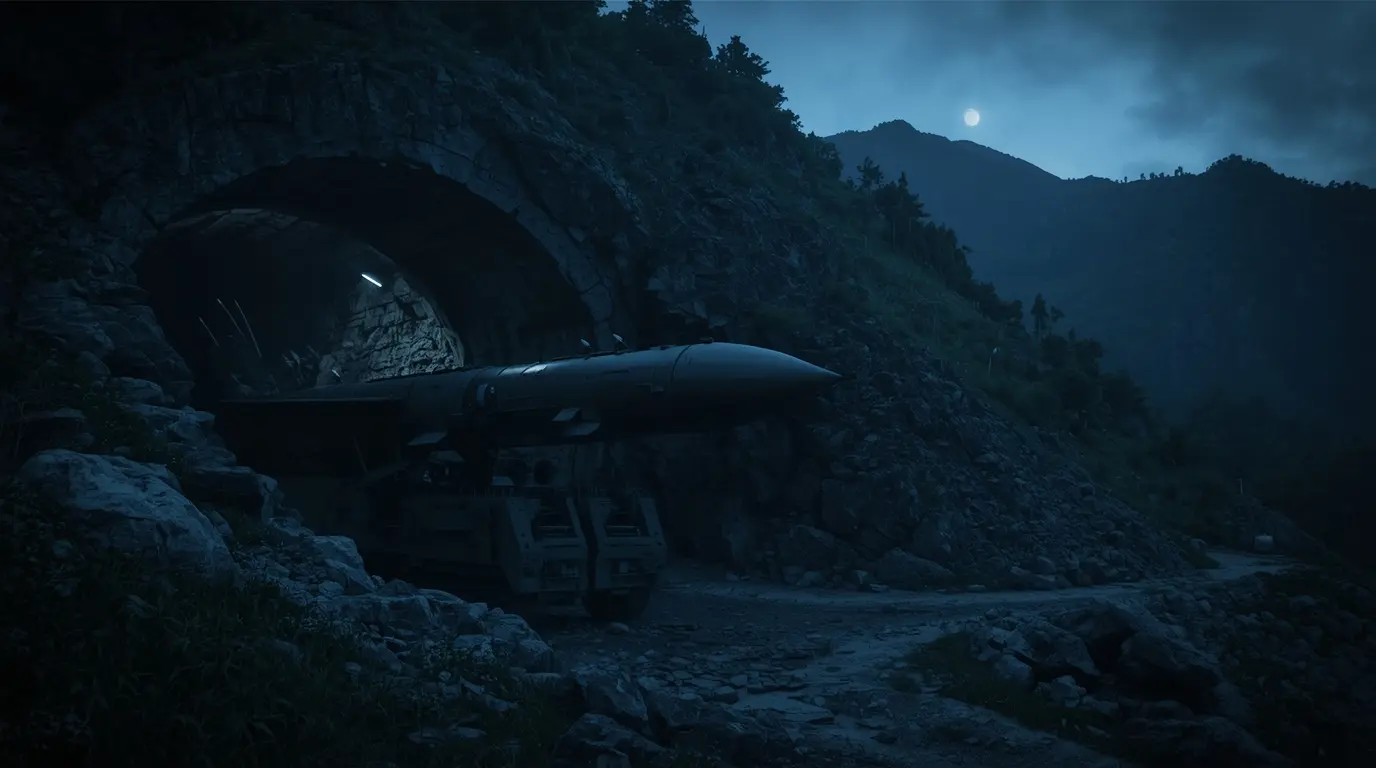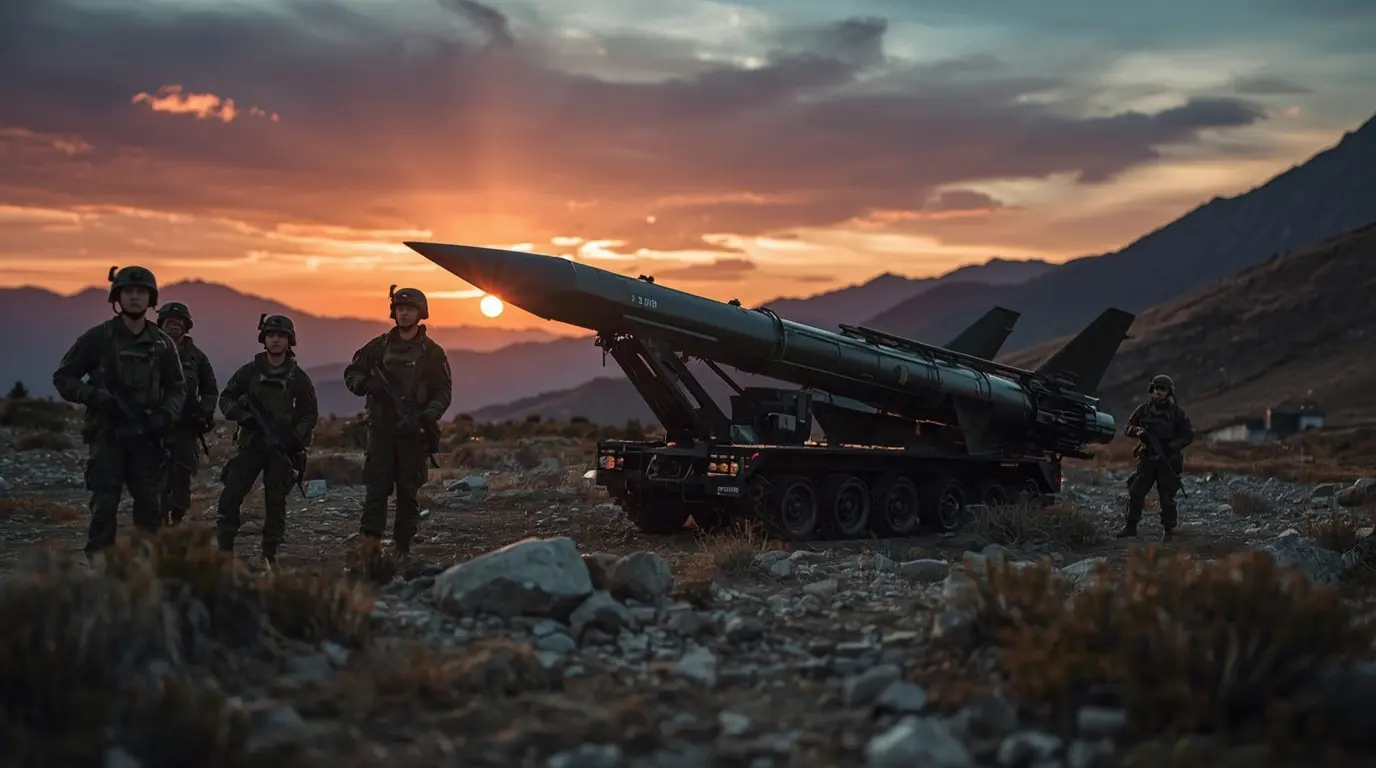North Korea’s Sinpung-dong: A Secret Nuclear Danger Near China
A new North Korean missile site revealed less than 27 kilometers from the China border is one of the most alarming nuclear threat seen in years, a new CSIS report argues. Sinpung-dong Missile Operating Base may be capable of storing as many as nine nuclear-ready intercontinental ballistic missiles. These missiles threaten both East Asia and the U.S. mainland.
Analysts think the site has been in use since 2014. Sinpung-dong is only one piece of a secret North Korean network that is likely to include 15 to 20 additional undeclared missile bases and undisclosed warhead storage sites. The finding shows that North Korea continues to move forward with its nuclear program in the face of sustained international sanctions and talks that remain stalled.
Geographical Strategic Advantage and the Nuclear Threat
The location of the Sinpung-dong base shows clear thought from North Korea’s military leaders. Being just a few miles from the Chinese border creates a buffer zone that makes surprise airstrikes harder. Hitting the base could unintentionally damage China, which gives Pyongyang a free layer of protection. This positioning raises the potential for nuclear threat, since any response to an attack might still invite international backlash.
Experts argue that stationing launch facilities this close to Beijing “is a way of pushing China’s own risk calculus to the forefront and using that risk to deter a potential nuclear threat.” This intertwining of North Korean and Chinese security concerns shows a tactical depth that keeps the nuclear option on the table for Pyongyang.
Technical Capabilities and the Evolving Nuclear Threat
Recent assessments say the Sinpung-dong base has hardened, drive-through facilities designed for fueling and system checks on missiles. Inside connected undergound shelters, mobile launchers await, able to roll into the open and drive to preset launch areas within minutes of any alert, thus staying one step ahead of radar and one layer removed from preemptive attacks.
Historical Context and Development of the Nuclear Threat
North Korea’s Sinpung-dong site has been taking shape since about 2004, according to satellite images that track steady construction and upkeep work for nearly 20 years. The site’s decade-long build-out implies that Pyongyang has been quietly designing and sinking funds into its missile framework for the long haul. Workers there continue to add new facilities, showing that missiles are still a top national project. Even tough United Nations sanctions and failed talks—like the effort between President Trump and Chairman Kim in 2019—haven’t slowed progress. After those talks stalled, North Korea accelerated its overall weapons upgrades. The North has also strengthened service agreements and weapons purchases with Russia.
Regional Implications and the Expanding Nuclear Threat
Learning of the Sinpung-dong site has worsened the already charged atmosphere on the Korean peninsula. Recently, South Korea and the U.S. held joint training exercises that Pyongyang condemned. Kim Jong Un responded by insisting that North Korea should swiftly ramp up its nuclear forces and missile launches. The combination of newly visible bases like Sinpung-dong, a steady pattern of missile tests, and more frequent declarations of an expanding arsenal makes the North’s nuclear posture the most serious regional concern since the mid-2010s, before negotiations even began.
The discovery of the new base also shows how messy regional politics are, especially with China involved. Analysts warn that revealing such sites could lead more Chinese analysts to view North Korean maneuvers as a form of unnecessary strategic drag, clouding the North’s goal of using its nuclear posture to forge tighter bonds with Beijing. This could widen the nuclear threats in a way that complicates diplomatic talks, not just military calculations.

The Effect of Hidden Bases on Global Security Talks
These secret military sites complicate the world’s efforts to limit North Korea’s nuclear ambitions. A recent CSIS study says the Sinpung-dong site was never on the radar of U.S.-North Korea talks, even though previous rounds were meant to clarify the North’s entire arsenal. This gap underlines how previous negotiations failed to keep pace with the North’s expanding nuclear infrastructure, making any future nuclear threats.
Whispers of North Korea and Russia Intensifying Ties
On top of that, analysts are troubled by the North’s growing links to Russia. Open sources say North Korean troops are now on battlefields in Ukraine, while the North has shipped tanks and ammunition to the Kremlin. In return, Russia appears to be supplying technology that could speed up launches of North Korean missiles and improve their guidance. If these rumors hold, the combination could give Un Jong-un a not-so-secret way to level up the entire missile and nuclear complex in ways that would blunt the credibility of defenses already arrayed in the region and elsewhere.
Conclusion: Confronting the Ongoing Nuclear Threat
The revelation of the Sinpung-dong missile site spotlights the fact that North Korea’s nuclear program is not only continuing, but adapting. Situated within Pyongyang’s well-known eastern “missile belt,” this new site adds another layer of danger that threatens both regional calm and wider world safety.
North Korea likely possesses 40 to 50 nuclear warheads fully assembled and has enough fissile material to manufacture many more. Construction of bases like Sinpung-dong allows the Kim regime to steadily link its nuclear arsenal to mobile launch systems. This coupling intensifies the long-term nuclear threat that security planners across East Asia and beyond must now accept as permanent.
Negotiations remain deadlocked, and any military remedies are constrained by the logistical and political complexities of operating command and control so close to China’s border. Consequently, Sinpung-dong and similar facilities require fresh models of arms control and enhanced cooperative measures across the region. With each new module, North Korea signals that it is gearing up for an extended, drawn-out nuclear capability that will shape security dialogues in Washington, Seoul and beyond for the foreseeable future.
Source: https://edition.cnn.com/2025/08/21/asia/north-korea-secret-missile-base-china-intl-hnk
For more incredible stories of everyday news, return to our homepage.





